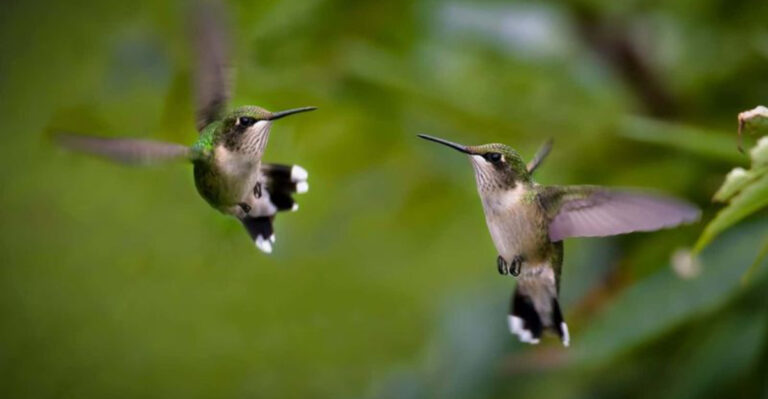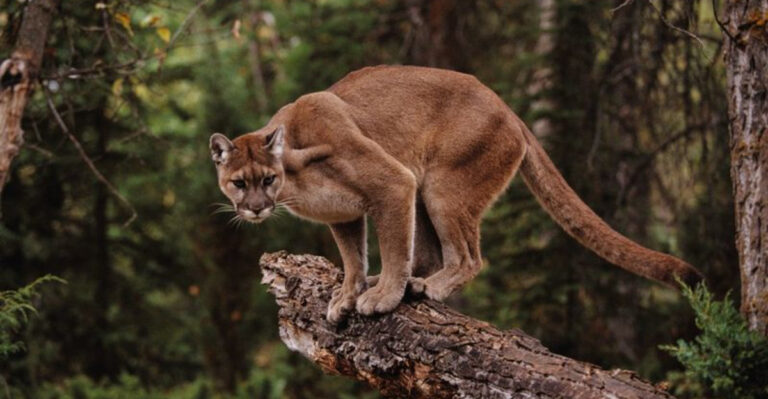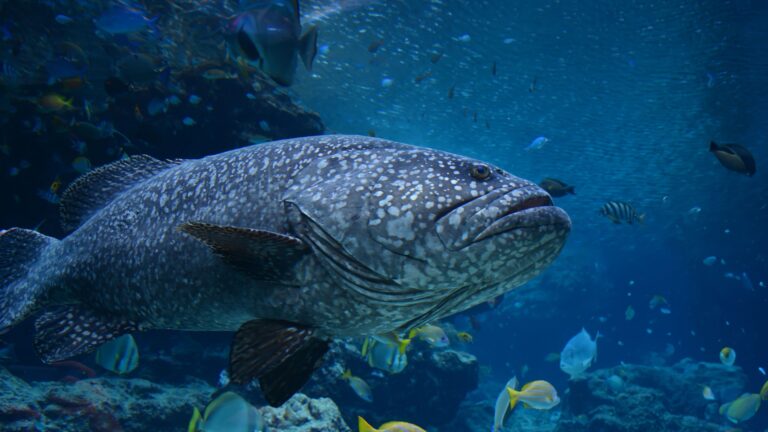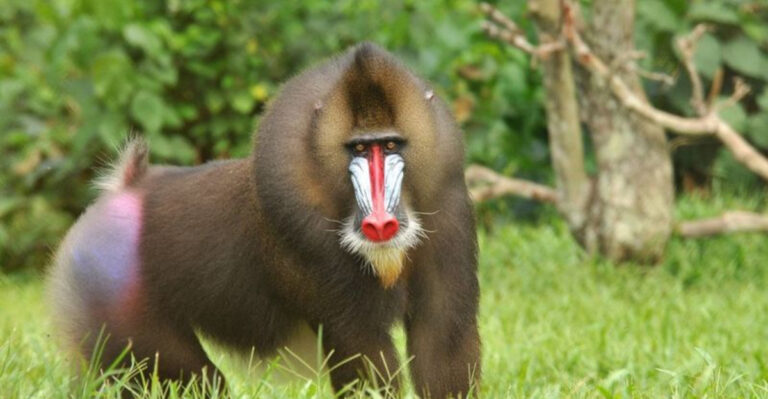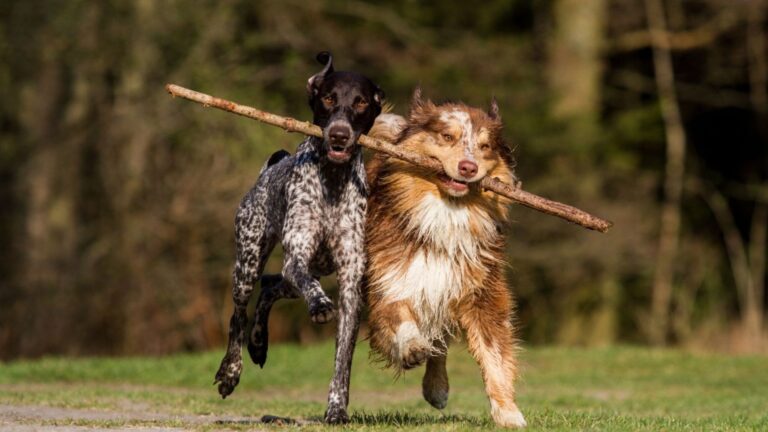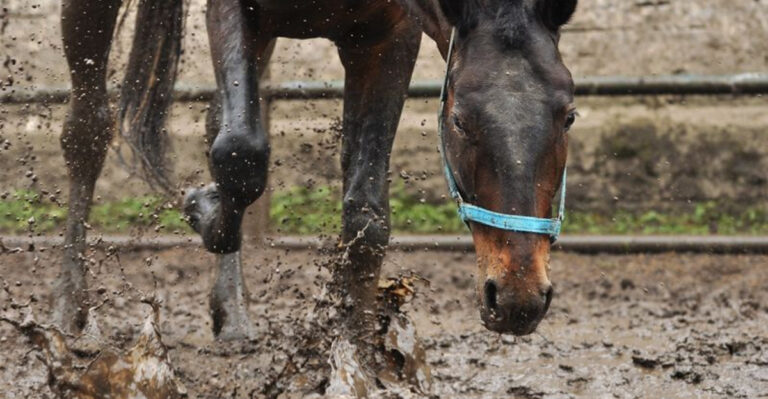7 Lesser-Known Horse Facts And 7 That Are Common Knowledge
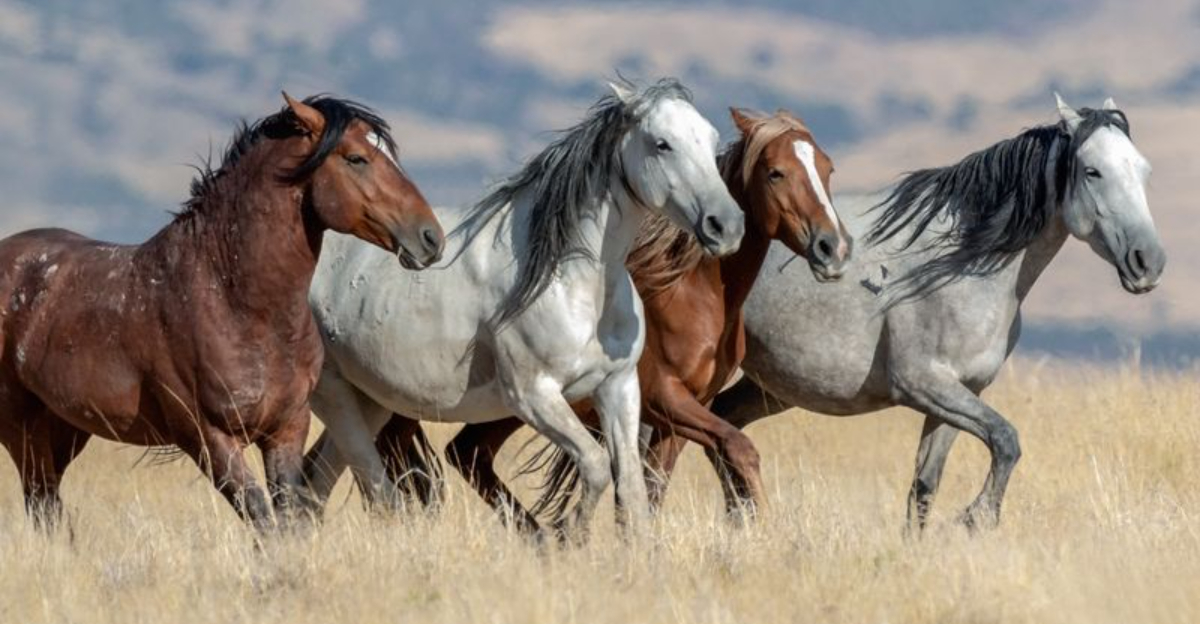
Horses have galloped alongside humans for thousands of years, becoming essential partners in work, transportation, and recreation. These majestic creatures continue to fascinate us with their beauty, strength, and intelligence. Whether you’re a seasoned equestrian or simply horse-curious, here are seven facts you might not know about horses, plus seven that most people are familiar with.
1. Night Vision Superpower
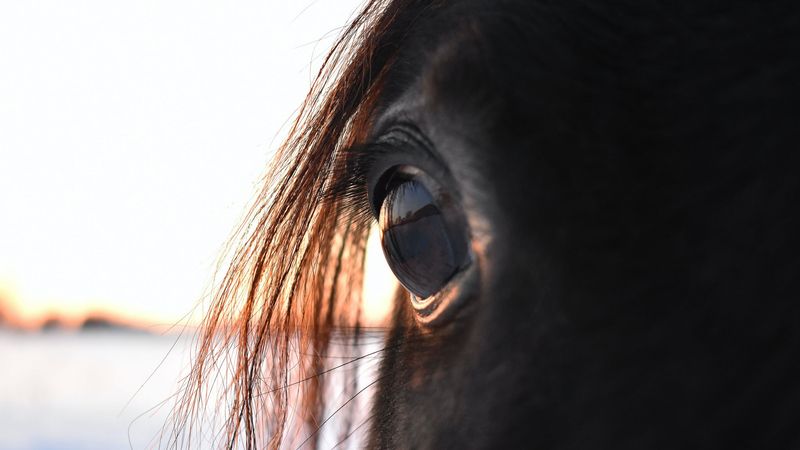
Those large, expressive eyes aren’t just for show! Horses possess remarkable night vision capabilities thanks to a reflective layer called the tapetum lucidum.
This special eye structure allows them to see in almost complete darkness by amplifying available light. That’s why they can navigate fields at night with surprising confidence.
2. Memory Champions
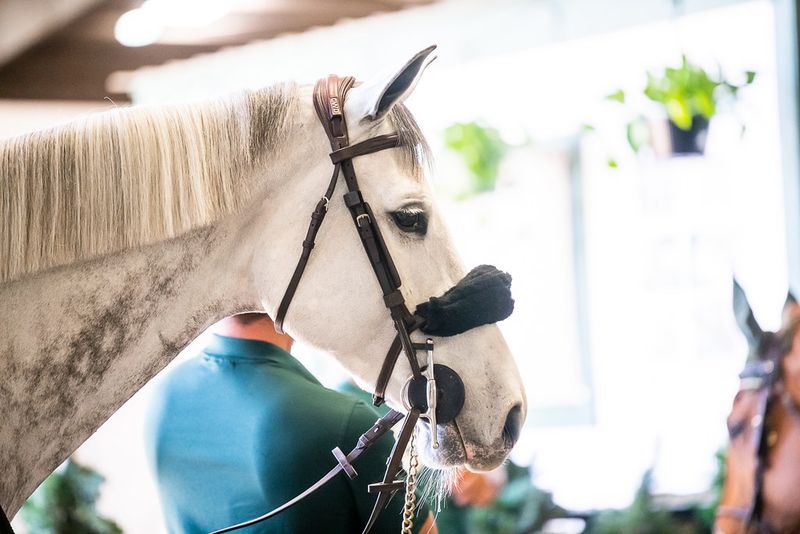
Forget elephants – horses might be the real memory masters! Their long-term memory can span decades, allowing them to remember training, people, and places for their entire lives.
Studies show they can recall problem-solving strategies from years earlier. This impressive memory helps them navigate familiar trails and recognize old friends after long separations.
3. Unique Fingerprint Hooves
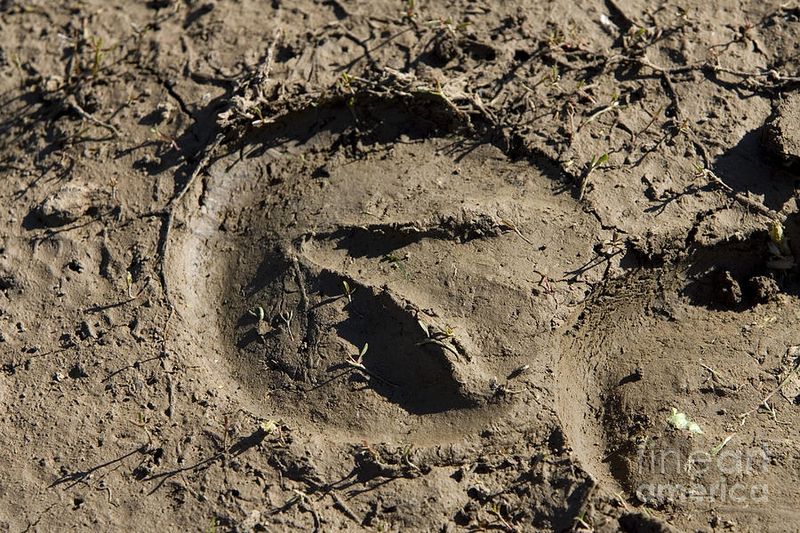
Just like human fingerprints, no two horses have identical hoof prints! The underside of each hoof creates a completely unique pattern.
This distinctive feature serves as a natural identification system. In fact, some horse registries now include hoof prints in their identification records, similar to how we use fingerprints for human identification.
4. Lightning-Fast Brain Wiring
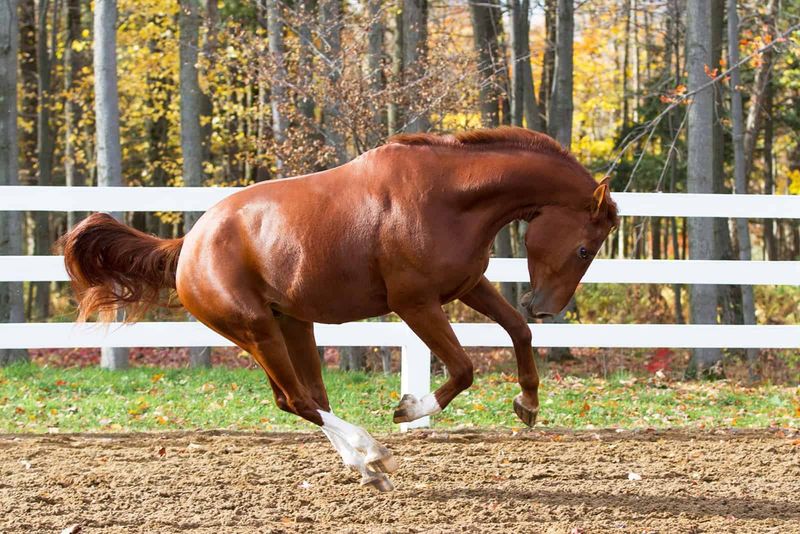
A horse’s brain processes information at lightning speed – faster than our smartphones! Their neural pathways are optimized for instant decision-making, crucial for prey animals.
This rapid processing explains their sometimes jumpy reactions. What seems like an overreaction to us is actually their survival circuitry working perfectly, analyzing potential threats in milliseconds.
5. Emotional Tears
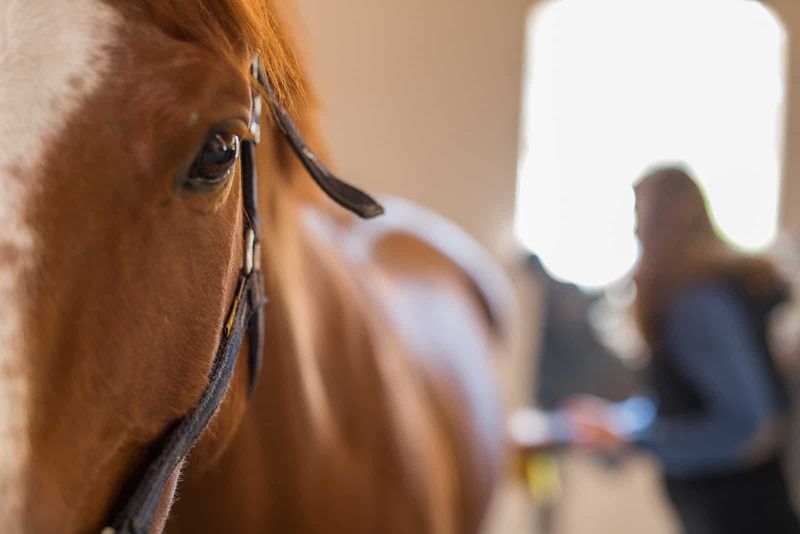
Contrary to popular belief, horses can produce emotional tears! While they don’t cry from sadness like humans, their tear ducts activate during intense emotional states.
These emotional responses typically occur during stress, fear, or even happiness. Researchers have observed increased tear production during reunions with beloved handlers or during particularly stressful situations.
6. Mathematical Abilities
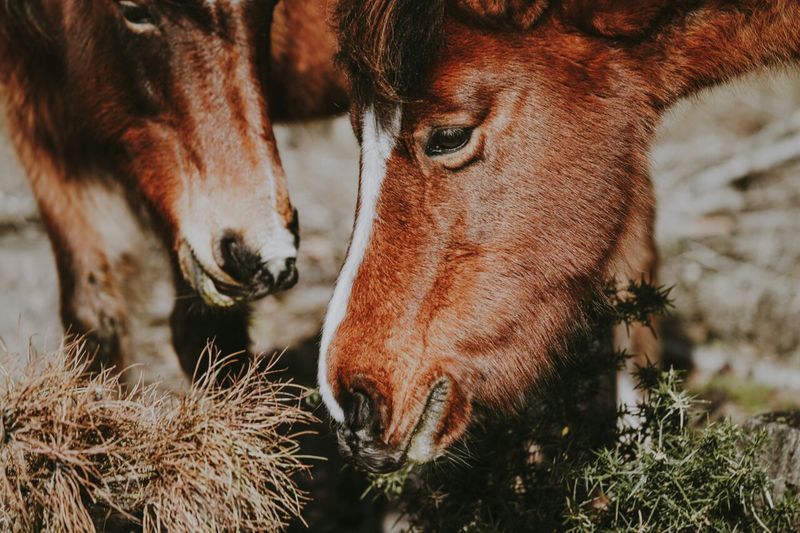
Surprising research suggests horses understand basic mathematics! Studies have shown they can distinguish between quantities and even perform simple addition and subtraction.
When presented with buckets containing different amounts of food, horses consistently choose the larger quantity. This mathematical ability likely evolved to help them assess food sources and safety in the wild.
7. Cross-Species Friendships
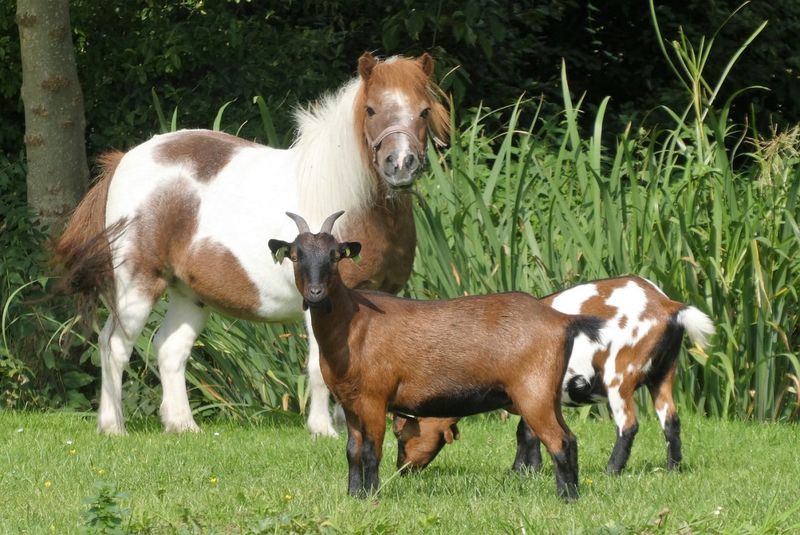
Far beyond simple herd animals, horses form deep friendships with other species! From goats to cats to dogs, horses develop genuine bonds with unlikely companions.
These cross-species relationships often include grooming behaviors, play, and even protective actions. Some racehorses travel with companion goats or chickens who help keep them calm before competitions.
8. Sleeping Standing Up
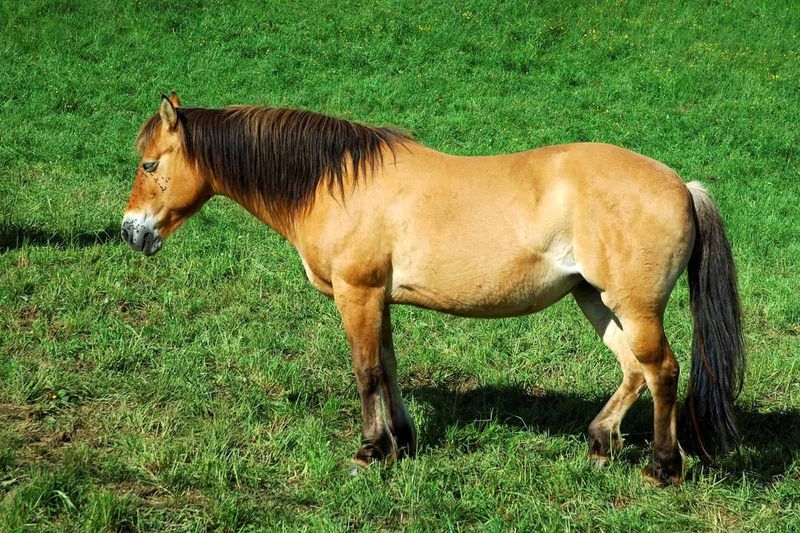
The classic image of a horse catching z’s while standing tall isn’t just a myth! Thanks to a special anatomical feature called the stay apparatus, horses can lock their legs in place while dozing.
This adaptation allows them to rest while remaining ready to flee from predators. They do lie down for deeper sleep cycles, but only when they feel completely safe.
9. Measured In Hands
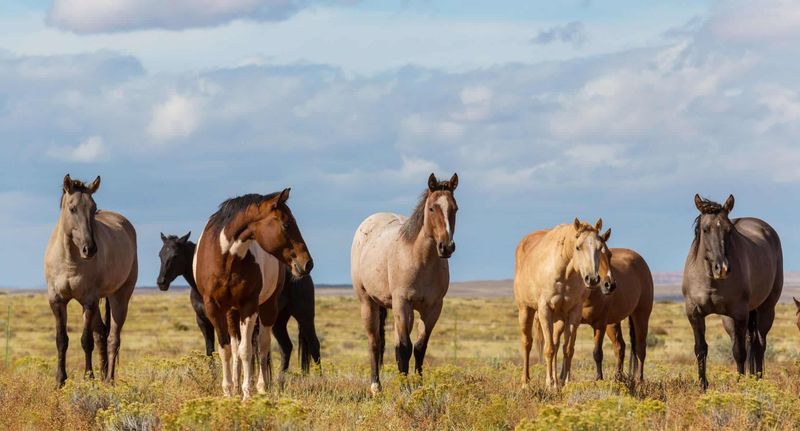
“She stands 16 hands high” might sound like a strange measurement to newcomers! This traditional measuring system dates back to ancient Egypt, with one hand equaling four inches.
The measurement is taken from the ground to the withers (shoulder). While modern equestrians also use feet and inches or centimeters, hands remain the standard unit in many equestrian circles.
10. Herbivore Diet
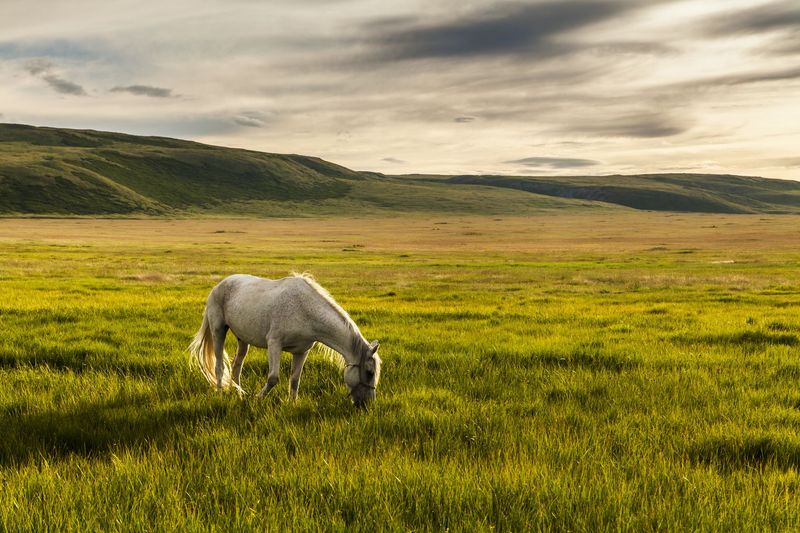
Grass munchers through and through, horses are strict vegetarians! Their specialized digestive systems process plant material through fermentation in their large intestines.
Their diet typically consists of grasses, hay, and sometimes grains. Unlike cows, horses can’t regurgitate their food, which makes them more susceptible to digestive issues like colic.
11. Impressive Speed
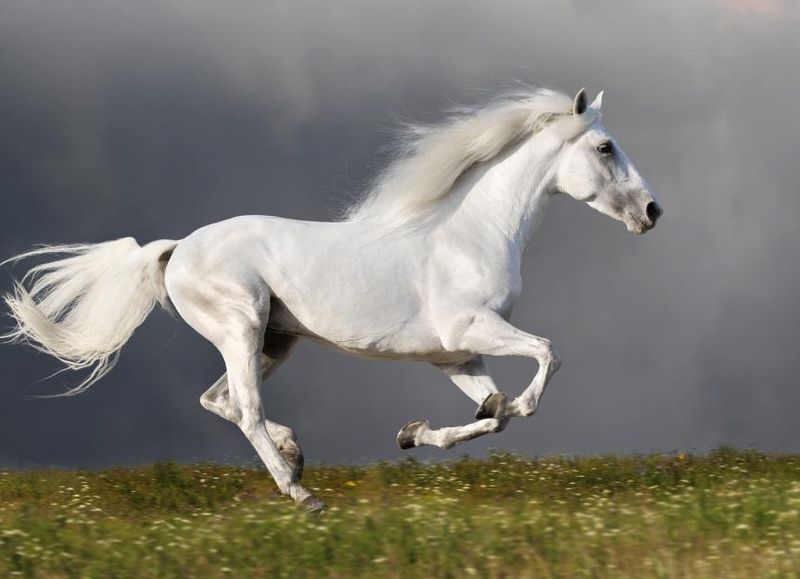
Speed demons of the animal world, horses can reach up to 55 miles per hour at full gallop! Their powerful muscles and specialized respiratory systems make them natural athletes.
The fastest recorded racehorse, Winning Brew, set a world record of 43.97 mph. Even an average horse can outrun most humans, typically galloping at 25-30 mph.
12. Social Herd Animals
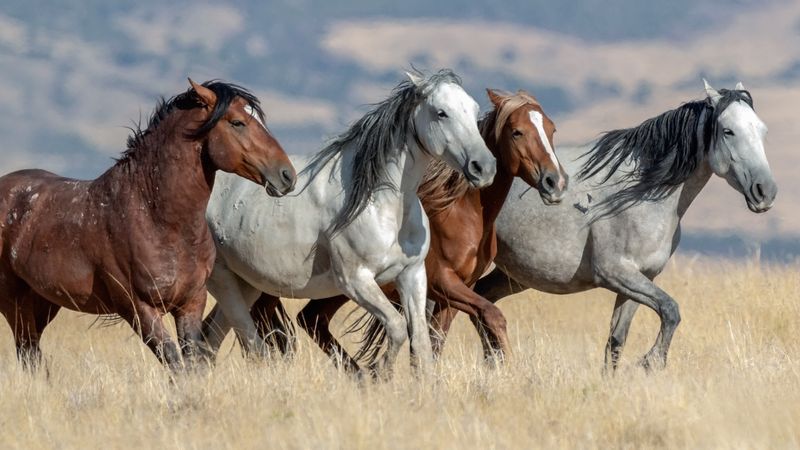
Born to be wild together! Horses are intensely social creatures that thrive in herds with clear hierarchies and strong bonds.
In natural settings, they form family groups led by a dominant mare, with a stallion protecting the perimeter. This social structure explains why isolated horses often develop behavioral problems – they’re literally designed for community living.
13. Diverse Breeds
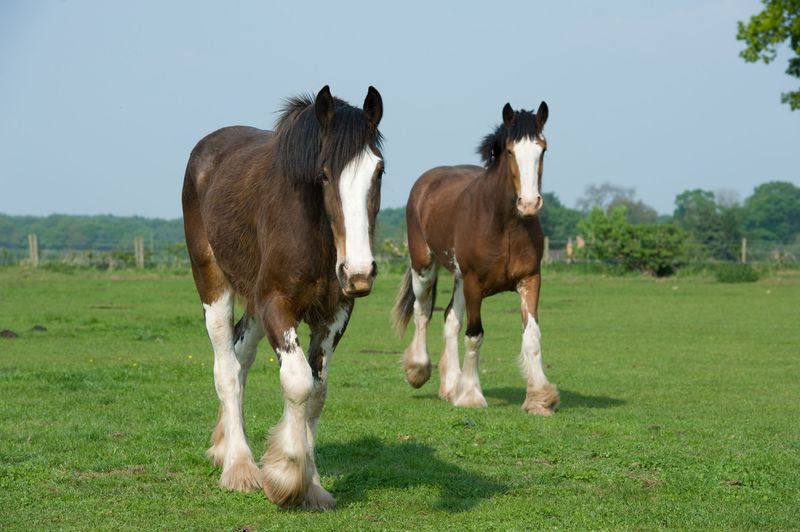
From tiny Falabellas to massive Shires, the horse world boasts over 300 distinct breeds! Centuries of selective breeding have created specialized horses for everything from racing to farm work.
The smallest horse breeds stand under 34 inches tall, while the largest can reach over 7 feet at the withers. Each breed has unique characteristics suited to specific purposes.
14. Ancient Partnership
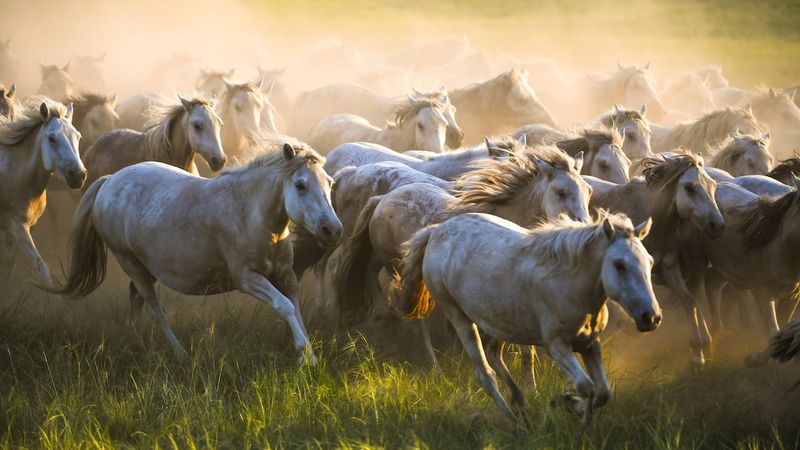
Humans and horses go way back – about 6,000 years, to be exact! Archaeological evidence shows domestication began in Central Asia around 4000 BCE.
This ancient partnership transformed human civilization, revolutionizing transportation, warfare, agriculture, and trade. Horse domestication ranks among humanity’s most important animal partnerships, alongside dogs and cattle.

